
When starting Divinity: Original Sin 2, players will need to learn some of the more complex mechanics for NPC interactions and combat. Considered by many to be the spiritual successor to the Baldur’s Gate series, the Divinity: Original Sin games have gained almost universal acclaim among critics and players alike. The Divinity series might seem intimidating at first to those unfamiliar with classic RPGs but can offer a rewarding experience to those who decide to tackle it.
When starting Divinity: Original Sin 2, players can pick one of the six preset characters or make their own. These six characters are fully voiced and will also be possible companions within the game. Playing as one of these characters will often reveal things about their stories that would otherwise be inaccessible. Each race has a unique skill and passive. Although all races have unique strengths and weaknesses, the one least recommended for beginners is the undead. Attempts to heal the undead will damage them, as they instead regain health through poison, which may prove difficult to handle for new players.
The Divinity series has many humorous moments, most of which can be experienced during side-quests. Beyond being entertaining, they are also a great way to obtain item rewards and valuable experience. For this reason, players should consider taking the "Petpal" talent as soon as possible. This talent will enable a character to communicate with animals and therefore gain access to many comical side quests, such as "Counting Your Chickens," which will otherwise be inaccessible.
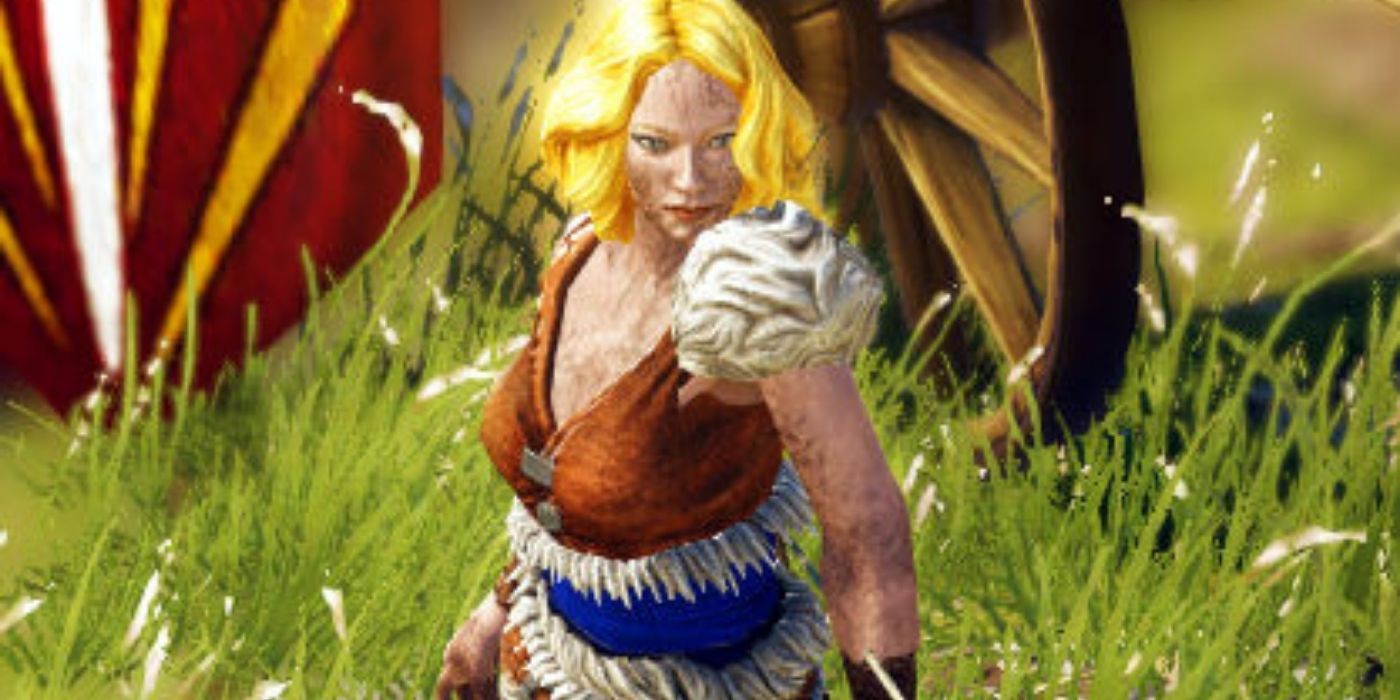
Nearly every NPC in Divinity: Original Sin 2 can be killed without breaking the game or the story. This is due to the game’s capacity to adapt to player choice, often offering multiple alternatives to complete objectives. Likewise, most characters can also be pickpocketed, which is why investing in the "Thievery" ability can be very beneficial. A simple trick to pickpocket safely is to have one character engage in dialogue with the target while another character pickpockets. This trick is also useful to stop any other NPCs who may be patrolling the area and making it difficult to remain unseen.
Sneaking in Divinity hides characters from NPCs, as long as they remain out of their line of sight. Besides being used for pickpocketing, it can also be valuable in combat. If players spot hostiles before being seen, sneaking is a great way to ambush the enemy by strategically positioning the party. It is also possible for some party members to be engaged in battle while others are still sneaking. Under those circumstances, sneaking characters can move freely and can perform one action that will then reveal them.
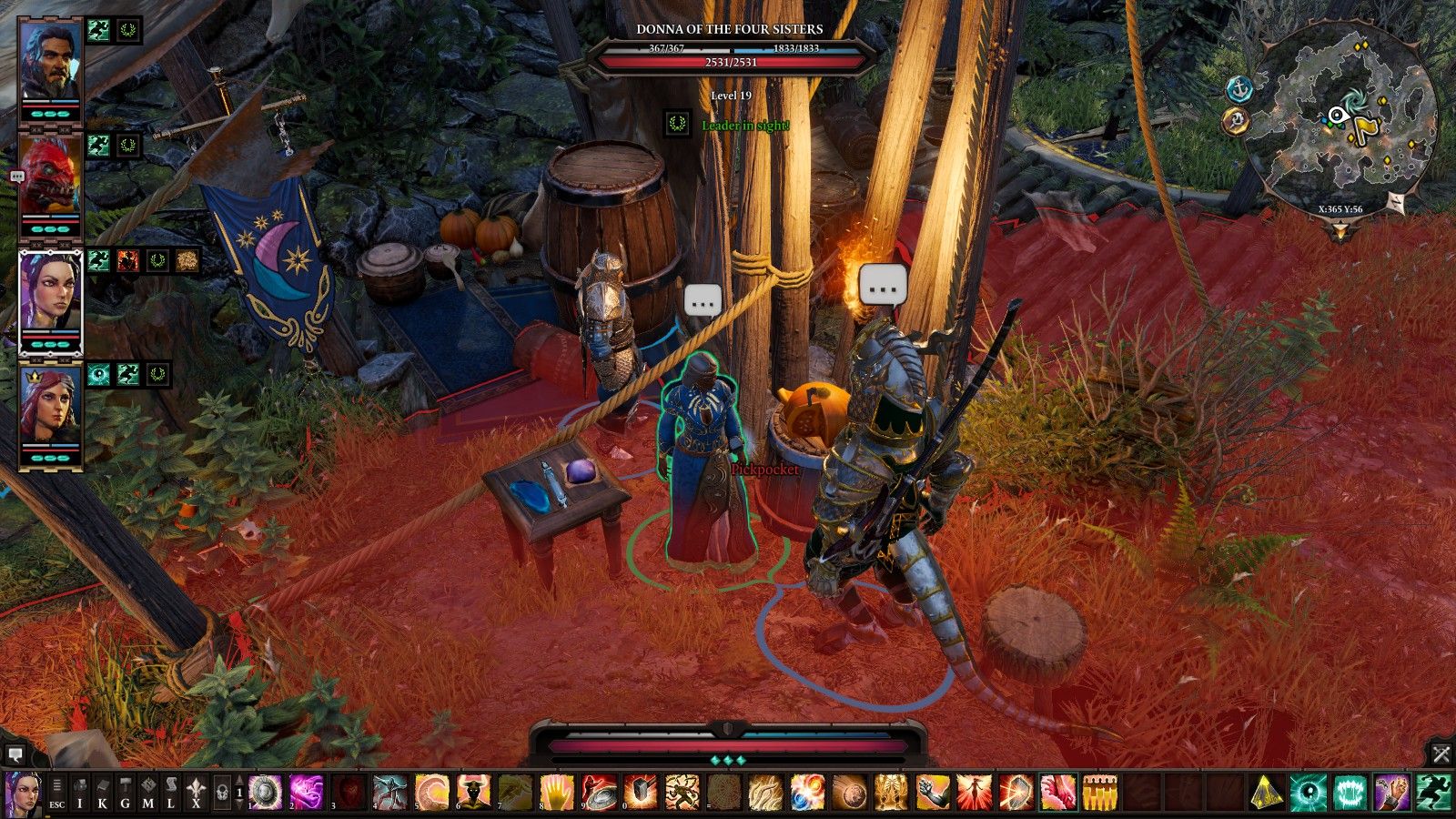
Divinity: Original Sin 2 is filled with sorcerous sundries, but there are two common items that players might value just as much: the shovel and the bedroll. Unless playing as a lizard, which can naturally dig, having a shovel is imperative to access many of Divinity's buried treasures. One can be found near the beginning of the game, on top of a broken bridge on the island at Fort Joy, located about halfway between the Red Prince and Fane.
Bedrolls can be used out of combat to instantly restore the party’s vitality and armors and give a small buff to primary attributes that will last 3 combat rounds. It is a convenient way to keep the party healthy and can be helpful in battle if used right before combat starts. Some bedrolls can be found on the ship at the very beginning of the game in some bunks next to the Beast.
Although crafting can be helpful in Divinity: Original Sin 2, it can also be a bit too complex for new players right away. However, there are two worthwhile combinations that are simple and can be used right away: the nailed boots and the ooze barrel. Slipping on any surface in combat will immediately knock the character down and end their turn. Combining any footwear with nails will yield non-slip shoes. Nails can be found almost anywhere, but particularly in workshops. Barrels of ooze can be combined with any weapon to give it bonus poison damage. Only one barrel is ever needed, as it will never be consumed while crafting. One of these barrels can be found at the start of the game where players first meet Fane on the island at Fort Joy.
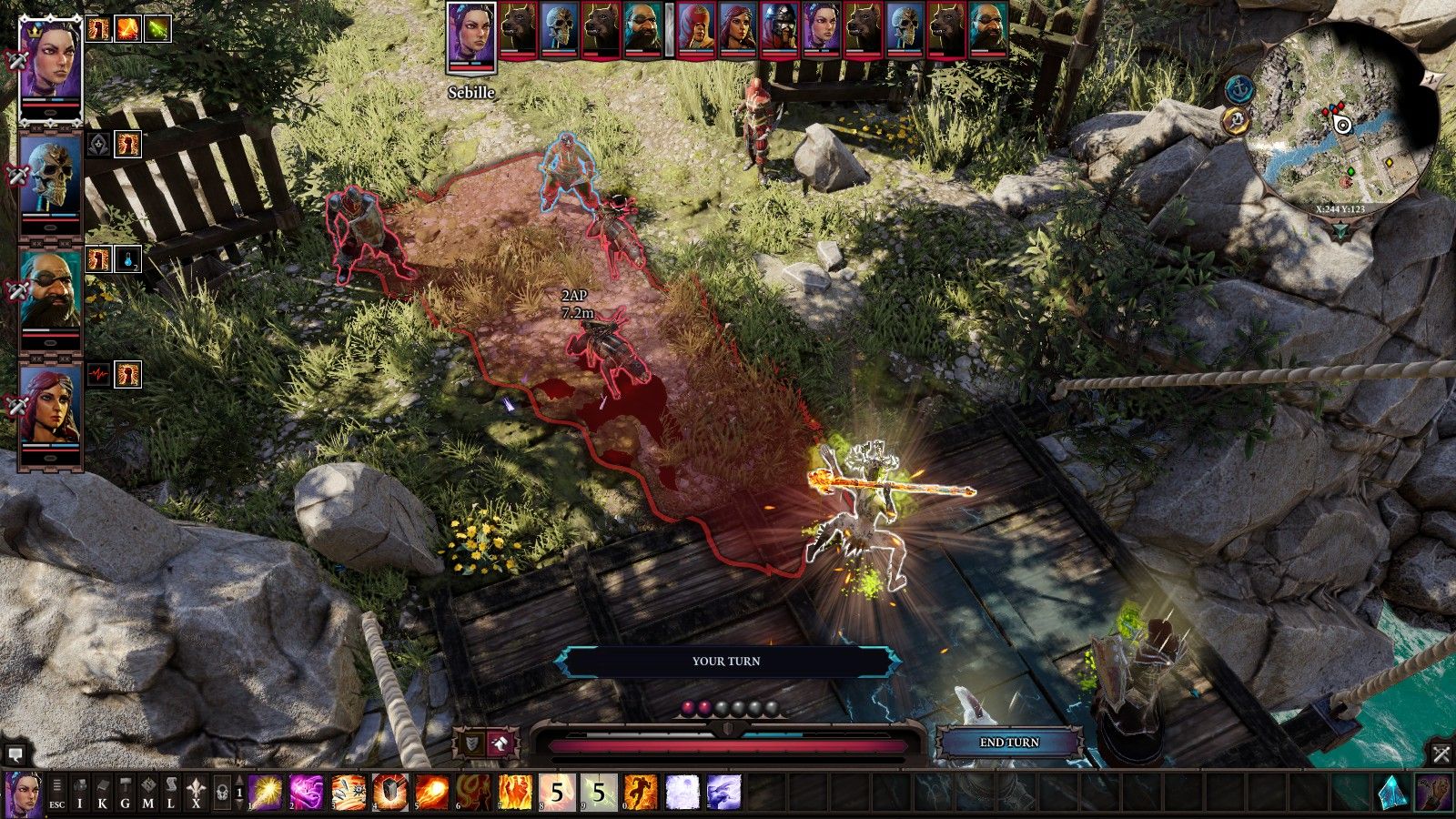
Environmental effects are one of the main staples of the Divinity series. Elements will often interact with each other to produce unique effects. Oil can be ignited with fire, and water can be electrified or frozen to create slippery surfaces, among many other combinations. These effects will often create environmental dangers which constantly change the landscape of combat and force players to adapt.
An area in which Divinity 2 distinguishes itself from its predecessor is in its use of verticality. Maps have many elevated areas which can crucially impact combat. Characters with higher ground will get more visibility, range, and, in some cases, damage. Elevation and environmental effects emphasize the importance of positioning in combat. For this reason, spells and skills that allow for teleportation can be extremely powerful in battle. Outside of combat, teleportation is also imperative, as it is often the only way to reach hidden paths or treasures. Therefore, Divinity: Original Sin 2 beginners should consider learning these abilities as soon as possible.
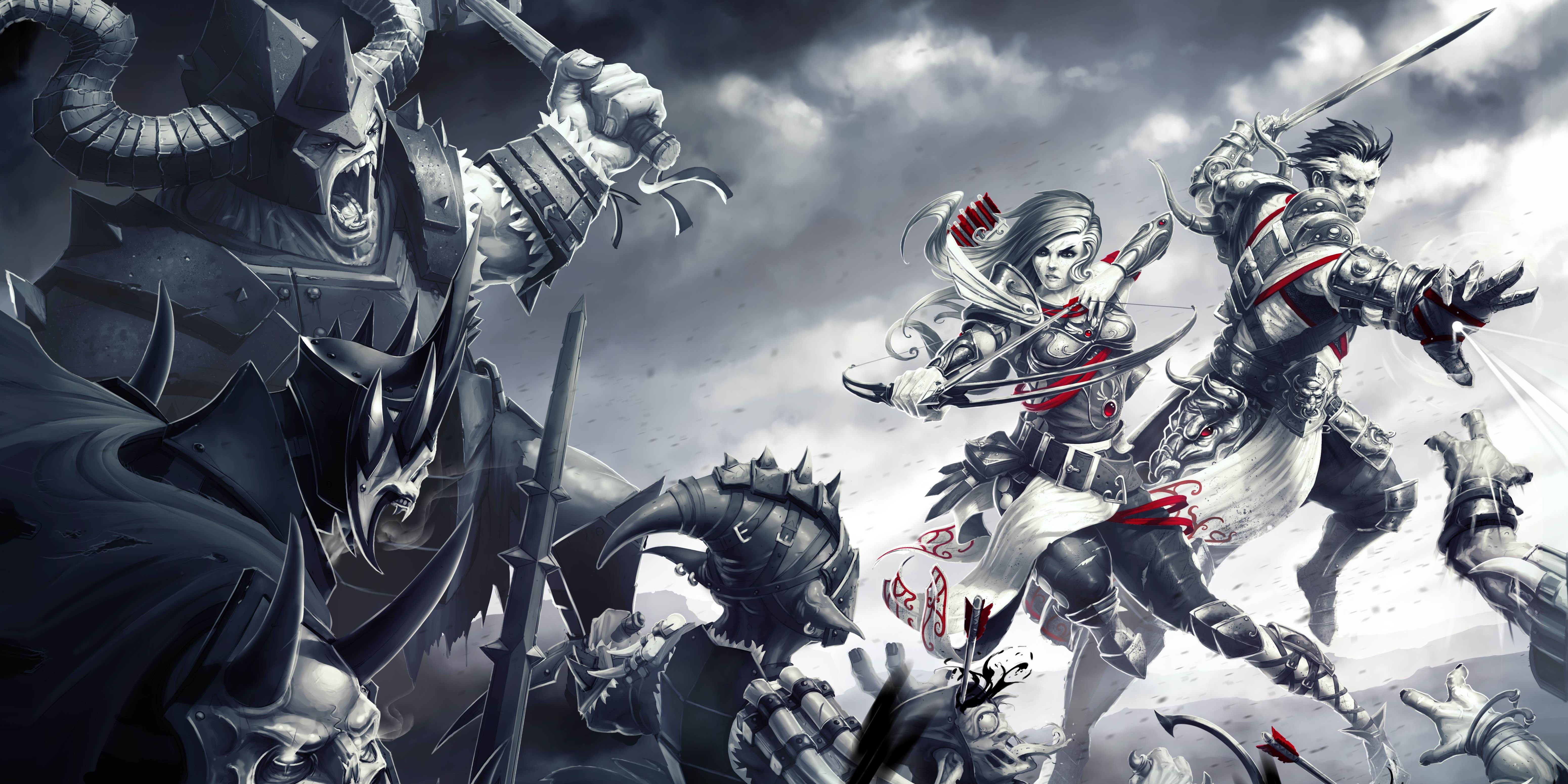
Each character in Divinity: Original Sin 2 has a set number of AP per turn. These points decide everything a character can do. Moving, attacking, and casting spells all consume Action Points. The key to success in combat is to use AP as effectively as possible while preventing the enemy from doing the same. To do this, players can keep ranged characters away from enemy melee attackers, which forces the enemy attackers to spend AP to be in a position to attack. Players can also negate an enemy's entire turn by imposing status effects such as sleep or knockdown. In Divinity: Original Sin 2, the best skills are often not those that inflict the most damage, but those that most effectively cripple the enemies' ability to use AP.
All characters in Divinity: Original Sin 2 have three types of defense: vitality, physical armor, and magical armor. Vitality is the effective health of a character. Reaching zero health will always kill a target, regardless of how much armor they have left. Physical armor protects against physical attacks and physical status effects, and magical armor does the same against magic. When reading the description of a skill that imposes a status effect, it will say which type of armor it targets. Understanding how to take advantage of armor types is crucial to develop advanced combat tactics in Divinity: Original Sin 2.
In Divinity 2, players will almost always be at a numbers disadvantage, which is why learning to control enemies and the battlefield can be extremely valuable. A simple, yet effective, strategy in combat is to target the weakest of the enemy’s armor type and attempt to impose turn-losing status effects when it is reduced to zero. However, it may be relevant to note that some enemies in Divinity 2 start combat without any armor type. These enemies are easy to control through status effects, but having no armor is usually a sign that they can be extremely dangerous if left unchecked. As a general rule, players should prioritize killing or crowd controlling these enemies, as allowing them to attack even once can be incredibly devastating.
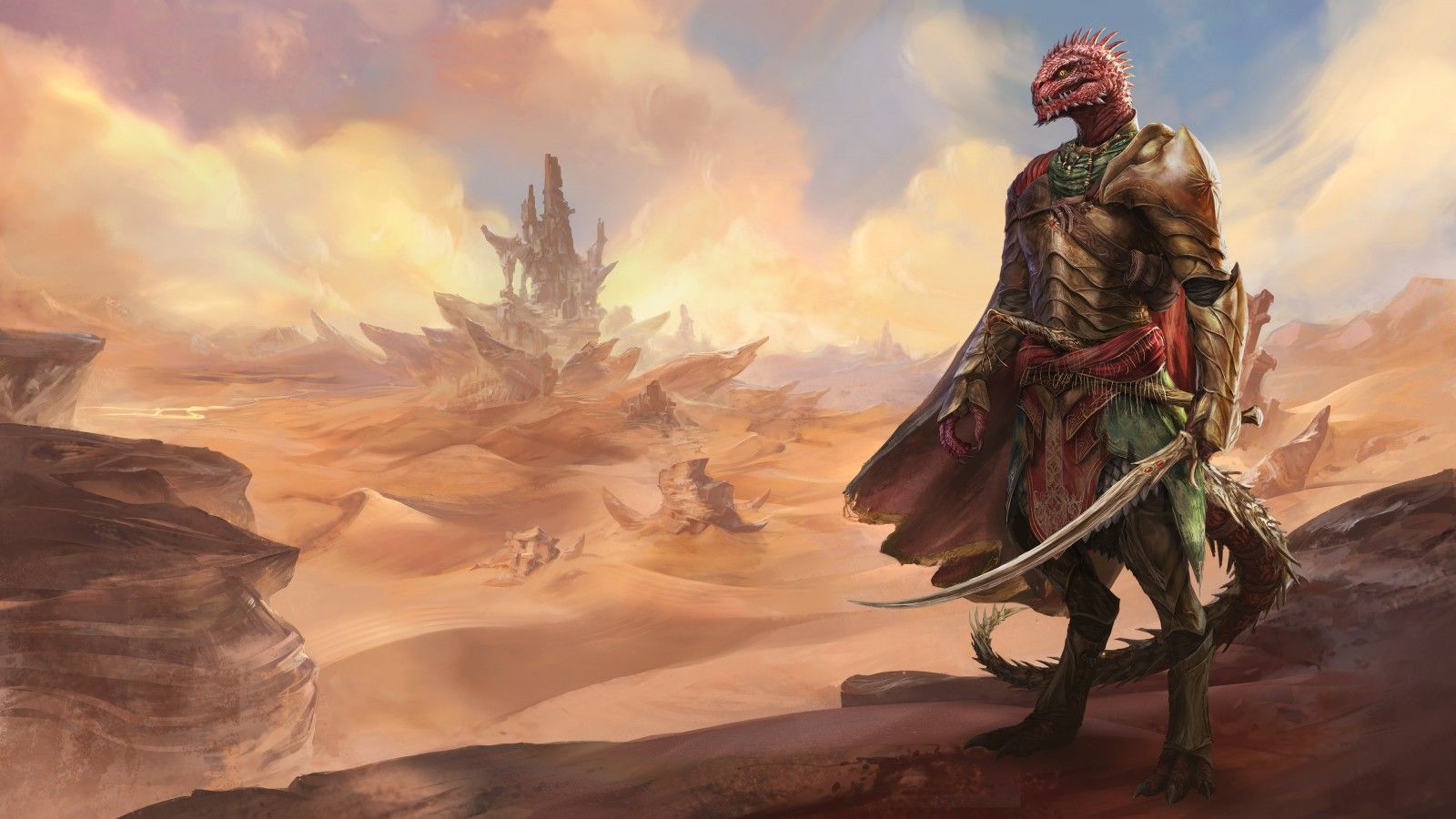
Although there are numerous ways to build a party in Divinity: Original Sin 2, there is a basic setup that can be very effective in any situation: a fighter, a rogue, an enchanter, and a wizard. Rogues are a very high physical damage output class and therefore are very good at removing physical armor. The fighter class in Divinity: Original Sin 2 has many skills that can capitalize on removed physical armor to knock down enemies and rob them of turns. Meanwhile, the enchanter and the wizard have access to all elements in the game. This allows for great versatility as the players encounter various enemies with different weaknesses to certain element types. For players who feel they made a mistake while leveling up, it may be important to note that there is a way to respec any character in the Divinity: Original Sin 2 party at the beginning of Act 2.
Death in Divinity 2 does not need to be permanent for party members. However, resurrection comes at a price. When a character falls in battle, their spirit will hover over the body. A scroll of resurrection is required to bring the character back to life. These can be found randomly with other loot or bought from vendors. Players should collect them whenever they are found, in case they are needed. The scrolls will resurrect the party member and enable players to place them anywhere within a generous radius of the caster.
Divinity: Original Sin 2 is available for PC, Playstation 4, Xbox One, macOS, Nintendo Switch, and iOS.
from ScreenRant - Feed https://ift.tt/3DRMI0C


0 Comments